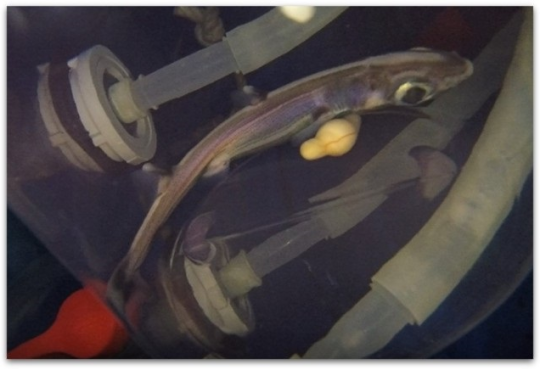
Researchers have accidentally created gold, a revolutionary two-dimensional material with unique semiconducting properties, unlocking new potential in a variety of applications.
Goldsmiths have long faced the challenge of processing gold into finer forms, which has now led to the creation of a revolutionary material – “Goldene”. It is a one-dimensional material composed of only one layer of gold atoms.
Following the conventions of materials science, the scientists coined the name “Goldene” for this innovation, which exhibits unique properties that gold does not have in its three-dimensional counterpart.
If you make the material extremely thin, something unusual happens – just like with graphene, points out Shun Kashiwaya, a materials scientist at Linköping University in Sweden. He explains that gold can become a semiconductor when reduced to a layer thickness of just one atom.
Despite gold’s natural tendency to aggregate, previous efforts to create a two-dimensional configuration have failed, yielding multi-atotic slabs or monolayers inseparable from other materials. The breakthrough, however, came unexpectedly for Kashiwaya and his team while experimenting with another material, an electrically conductive ceramic, titanium silicon carbide.
We started with an electrically conductive ceramic called titanium silicon carbide, where the silicon is in thin layers. Then the idea was to coat the material with gold to make contact. But when we exposed the component to high temperature, the silicon layer was replaced by gold in the base material, explains materials physicist Lars Hultman from Linköping University.
Their challenge lies in extracting super-thin layers of gold between the layers of titanium and carbon that surround it. Overcoming this obstacle required a technique involving Murakami reagent, a metalworking solution that etches the carbon and colors the steel. By experimenting with different concentrations and time frames, they successfully removed the surrounding materials, leaving the gold layer intact.
However, the process was delicate, requiring darkness to prevent the release of cyanide from the by-product of said solution. In addition, a surfactant (a surface-active substance that reduces the tension of a liquid) was introduced to prevent curling and pooling of the gold layer.
The resulting stable gold color exhibits semiconducting properties, offering new possibilities in areas such as water purification and chemical production. A study related to this discovery was published in the journal Nature Synthesis.
Source: Science Alert








